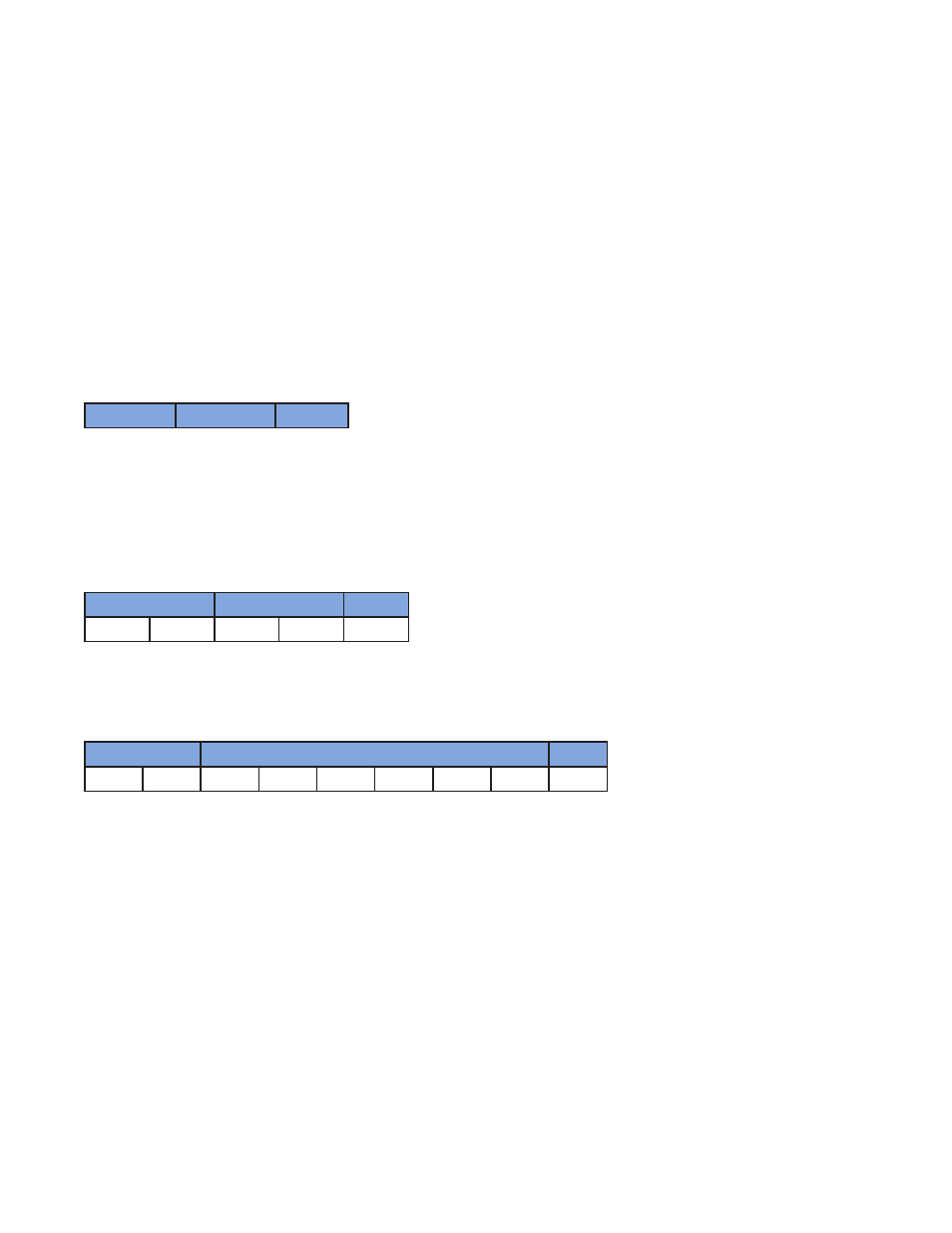Creating your own application – Applied Motion RS-232 User Manual
Page 276

276
920-0002 Rev. I
2/2013
Host Command Reference
Creating Your Own Application
To create your own application, you will need to choose a programming language, learn how SCL commands
and responses are encapsulated in UDP packets, and learn to use your programming language’s interface to the
network.
UDP Packet Format
eSCL is based on Applied Motion’s Serial Command Language (SCL), an ASCII-based language with roots in RS-
232 and RS-485 communication. eSCL drives support the full SCL and Q command sets, and utilize the speed
and reliability of Ethernet. Commands and responses are encapsulated in the payload of User Datagram Protocol
(UDP) packets, and are transmitted using standard Ethernet hardware and standard TCL/IP stacks.
Sending Commands to a Drive
An eSCL UDP packet consists of three parts, the header (binary 07), the SCL string (a sequence of ASCII en-
coded characters) and the SCL terminator (ASCII carriage return, 13)
header
SCL string
<cr>
Example: Sending “RV”
•
SCL Header = 07 (two bytes)
•
R = ASCII 82
•
V = ASCII 86
•
<cr> (ASCII carriage return) = 13
header
“RV”
<cr>
0
7
82
86
13
Receiving Responses from a Drive
A typical response to “RV” would be “RV=103<cr>” which would be formatted as
header
“RV=103”
<cr>
0
7
82
86
61
49
48
51
13